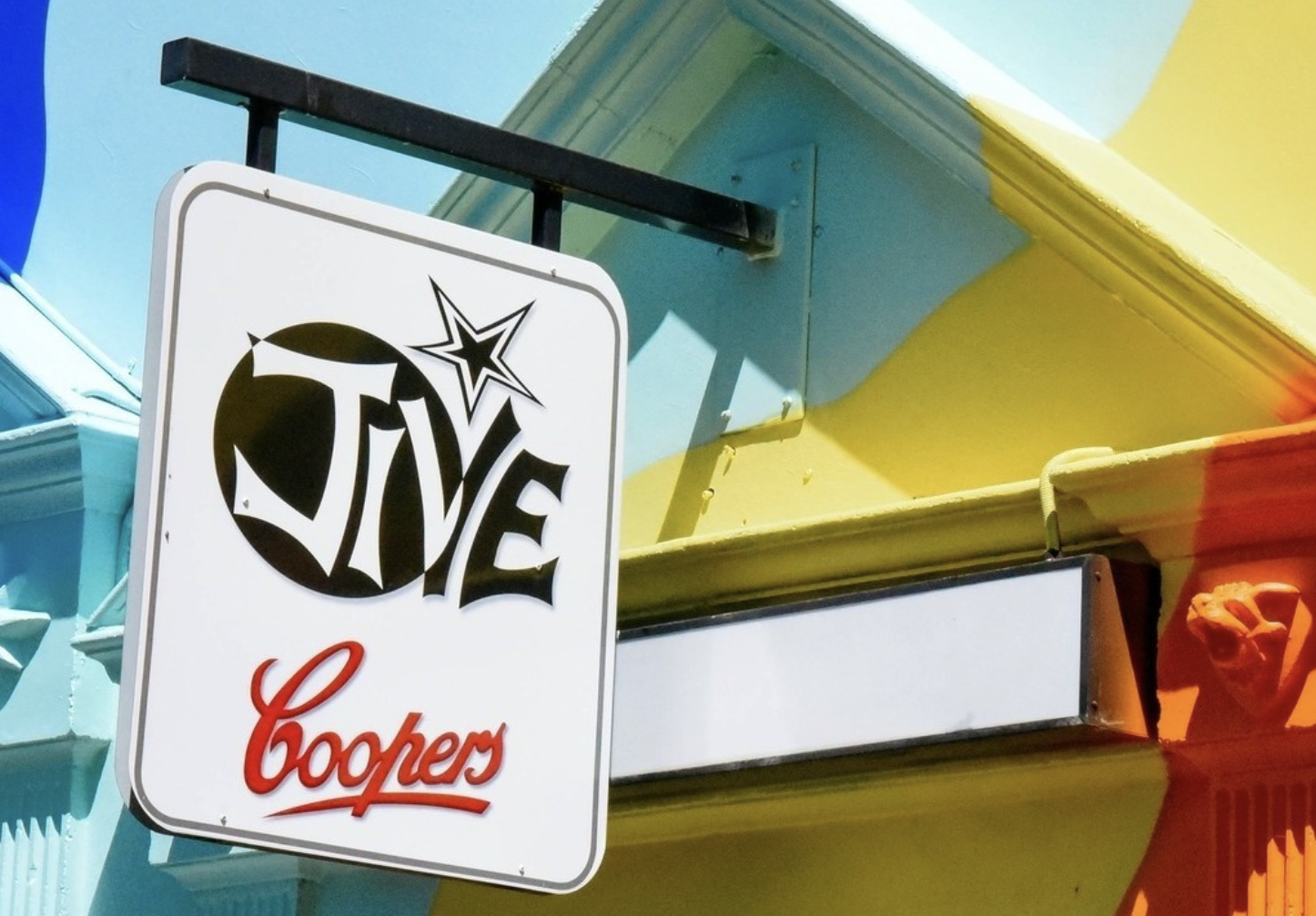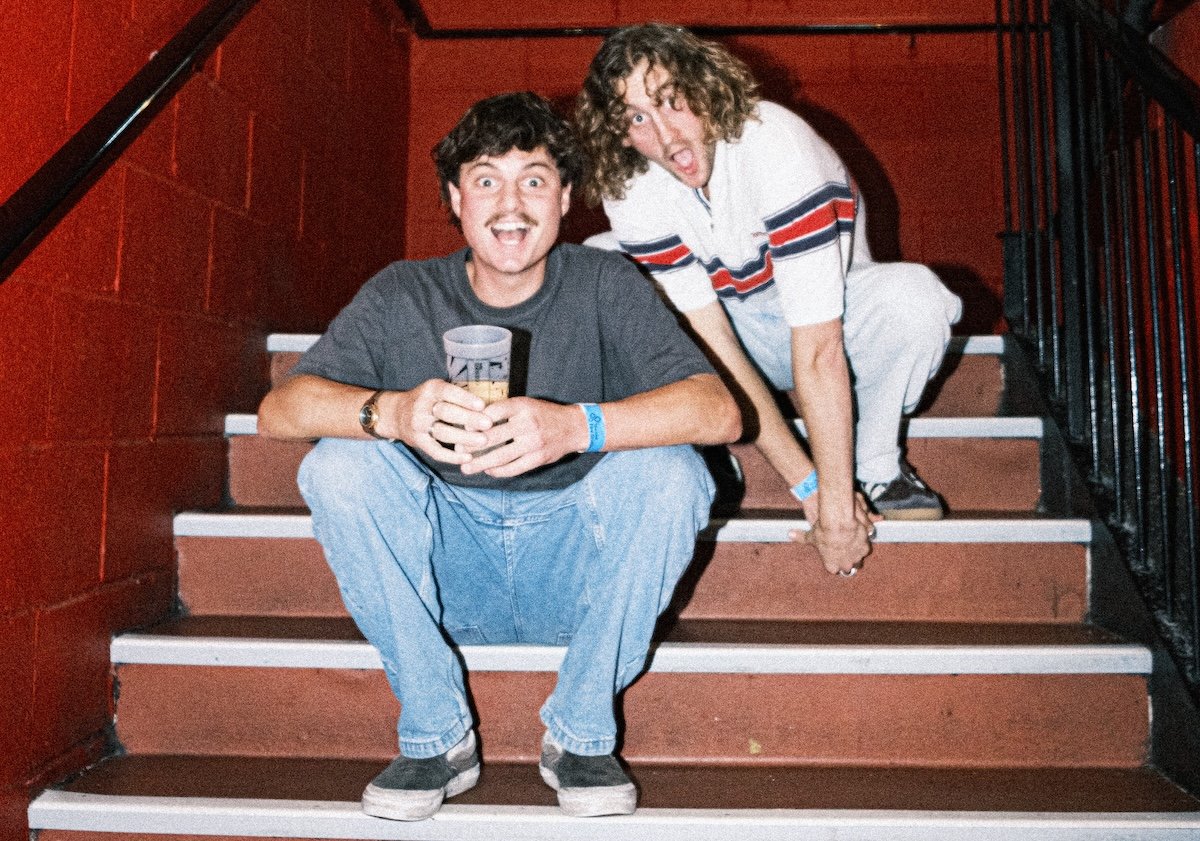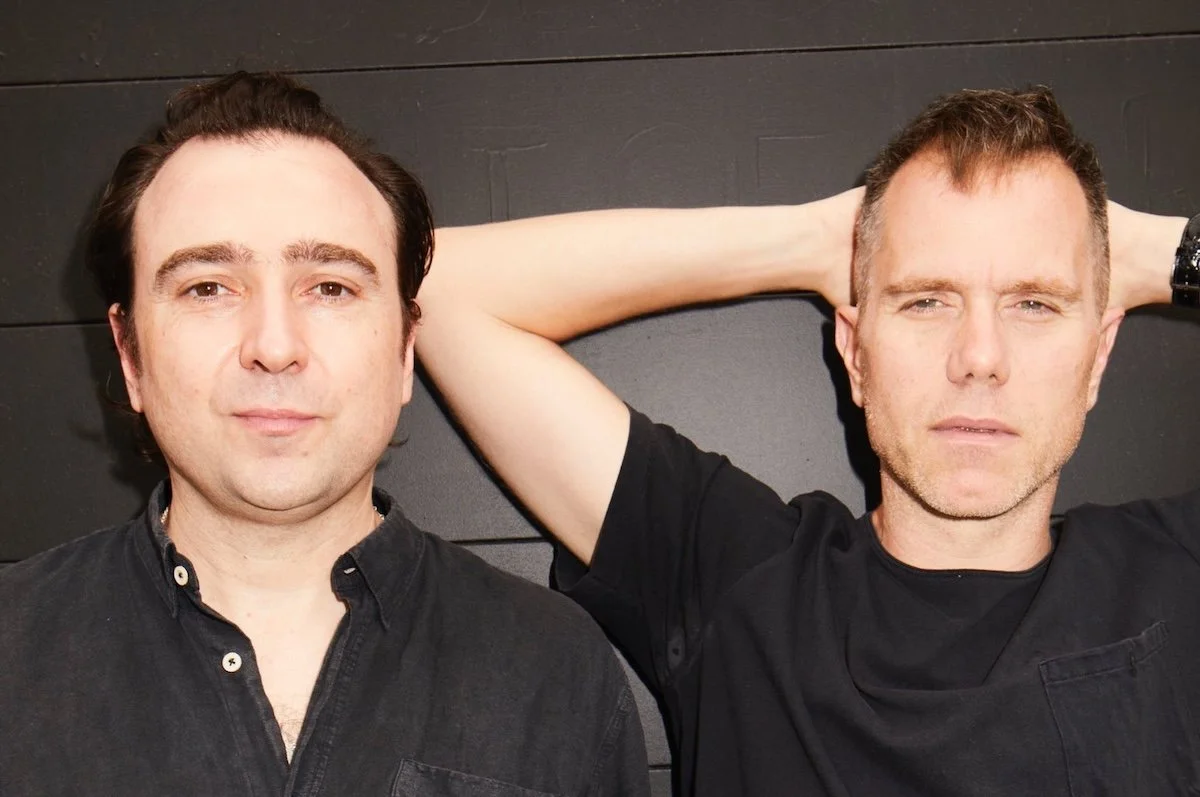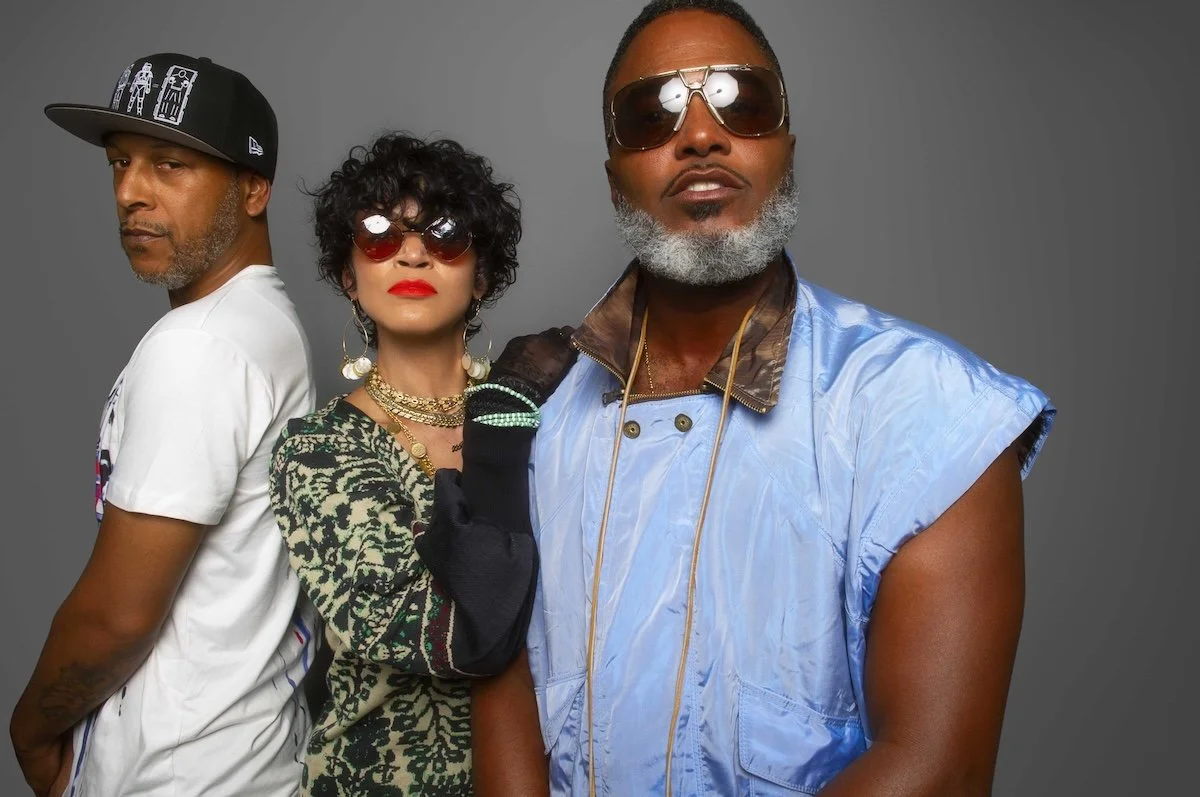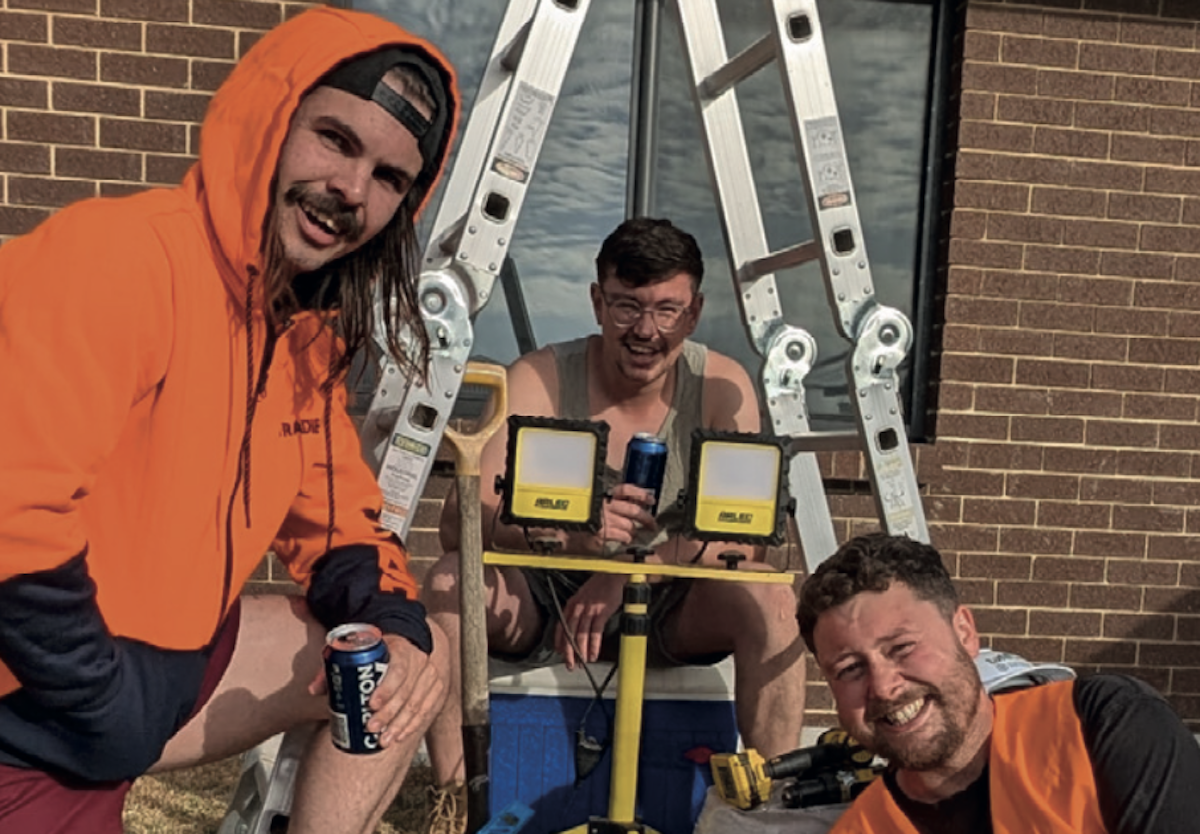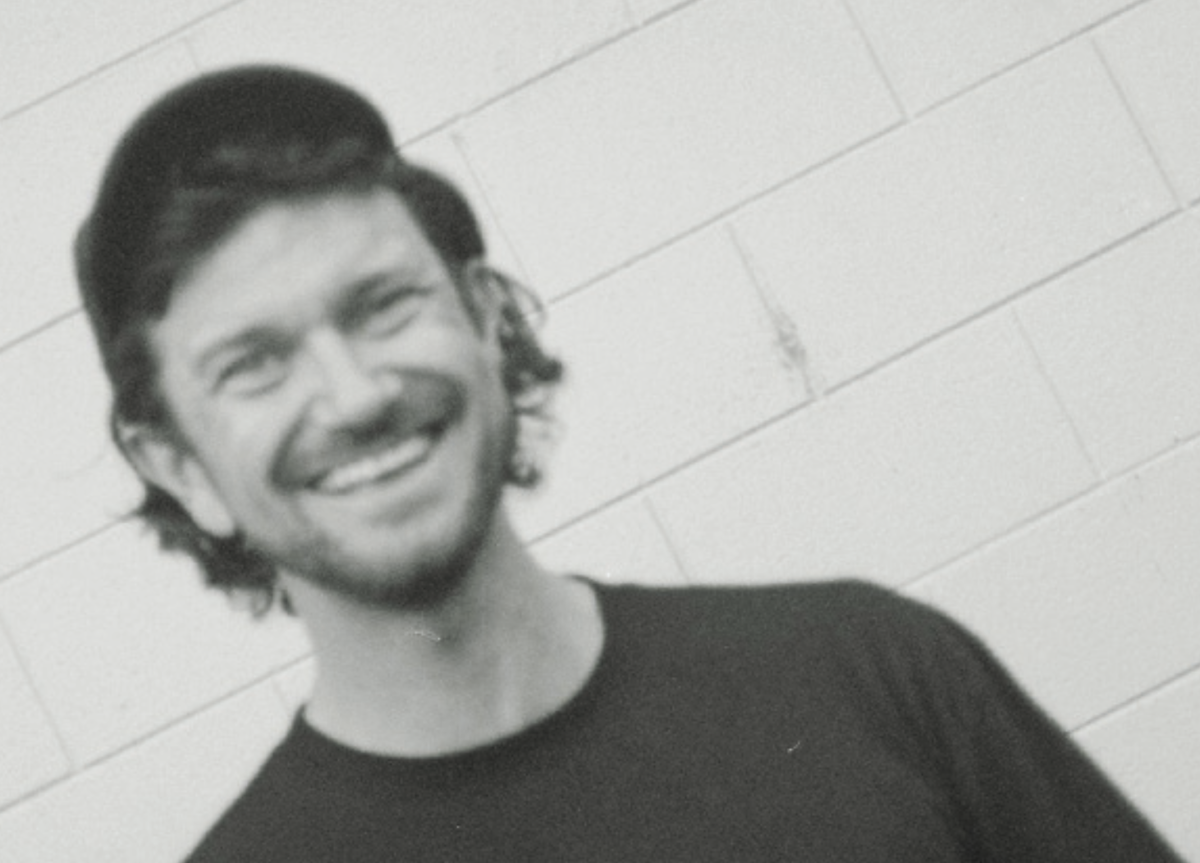Premier Peter Malinauskas on Saving the Cranker, Music Industry Challenges and The Path Forward
The Crown & Anchor is saved! Here, Premier Peter Malinauskas unpacks what the new legislation means for the heritage site, how he’s protecting future live music venues and the challenges facing the industry right now.
Interview by Zara Richards
The passing of landmark legislation through the Upper House will see the Crown & Anchor – and similar venues in the City of Adelaide – protected from development.
Changes to the Planning, Development and Infrastructure Act (2016) state that all future residential developments within 60m of a designated live music venue must meet noise attenuation requirements and that the Adelaide CBD – from West Terrace to East Terrace, plus North to South – is a designated live music venue area. Certain operations in this area will later have the opportunity for further venue protections. Further, the Greens won several amendments, including a state parliamentary inquiry into the challenges in the state music industry.
Regarding the Crown & Anchor, the legislation states that development authorisation ‘must not be granted for a proposed development involving… the whole or partial demolition of the Crown & Anchor building’. Further, any future developments will not be able to add one or more storeys onto the Cranker site and the land’s usage as a pub and live music operation must not change.
These new laws come as Premier Peter Malinauskas brokered a deal with Wee Hur Holdings to shift plans to develop the Crown & Anchor site into a 19-storey student accommodation building. The Singaporean-based developers can now build their proposed plans ten storeys higher on the adjacent site (Roxie’s and Chateau Apollo). The Crown & Anchor will also have to close for up to two years while the band room changes to meet noise attenuation requirements and the next-door accommodation is built.
Following the passing of the landmark legislation, we spoke with Premier Peter Malinauskas to find out more about the next movements in the Cranker development, how his government is protecting further live music venues and his opinions on the health of the state music industry:
In your opinion, what does this landmark legislation say about the SA government's future commitment to listening to our live music community and protecting the health of the industry?
Live music is a critical part of Adelaide’s culture. We’re a growing city, but we’ve got to make sure that growth isn’t at the expense of what makes us great – culture and vibrancy. Live music is central to that. So I think that’s why everyone – myself included – was concerned at the prospect of losing the Cranker. When that became clear, in conjunction with the outcry of community support of the Cranker, we got to work pretty quickly behind the scenes to see if we could find a way through this. I believe we have.
You’ve stated that the development can not let the Crown & Anchor close for more than two years. However, we’ve seen problems with other developments regarding resourcing that have impacted timelines and completions. How are you making sure that doesn’t happen in this case? How is the Cranker protected?
That’s a key condition of how we go through this and that’s something that has been agreed to by the developers. The closure can’t be longer than two years. They tell us they hope it won’t be longer than 18 months, but two years is the upper limit. Now that the Cranker can’t be anything other than a pub that plays live music – and that’s protected by law – the impetus for the owner of the site is to make sure the pub is operating. Otherwise, every day that goes by is an opportunity cost and lost revenue. So, there isn’t just a regulatory requirement to get this done in a two-year time frame, there’s a financial incentive as well, which is important when we’re talking about a developer who is motivated by profit.
The amendments to the bill marks the Adelaide CBD as a live music venue area. We obviously have very significant venues with significant communities outside of that – think The Gov or The Wheaty. What do you say to these venues outside the signposted area who could experience similar threats to their operation as the Cranker initially did?
Well, there are two types of protection. There’s the one that we’re talking about, which is the sound attenuation for would-be developers adjacent to a live music venue. But then there’s a secondary element, which is about protecting live music venues at large: if you want to buy a block of land next to a pub and then complain about the music coming out of it after the fact, then your complaints really should be redundant. [It’s] no different to someone buying next to the airport and complaining about airport noise. That’s a principle that we want to establish more generally, and there’s work underway through the planning code to do that.
The Greens won an amendment for an inquiry into the challenges facing SA’s live music industry. This Cranker debate is just one side of the picture. We’ve seen rampant venue closures, major festival postponements and more barriers to attending live music than ever before due to the cost of living. A recent MusicSA survey also found half of the industry relies on a second job to pay bills. What do you hope the inquiry highlights about how the industry operates and where support is needed from government?
This is something we’ve been concerned about for a while, long before the Cranker became an issue, because we’ve seen live music’s economic model around the country really erode ever since COVID-19. We’ve put millions of dollars into the See it LIVE program – I think about 10 million – for the government to help fund live music. We also established the Premier’s Live Music Council a couple of years ago to provide government advice on what we can do. I see the inquiry as another element to that equation, and we stand ready to do anything we can to protect the culture because you don’t have a city without it.
We’ve got to get the balance right. Do we want development? Of course, we do. Do we want more people living in our city? Yes, absolutely – they are the future patrons of the Crown & Anchor and other venues. But we can’t have other people living in our city at the expense of the very things that make the city worth living in, and that requires a conservative policy effort and any inquiry that can help tackle the challenges. That’s why we backed in the Greens amendment.
In your opinion, what are the biggest challenges facing the music industry right now?
People have to turn up. Ultimately, demand is critical here. If every young South Australian decided to go to a live music venue, then that would recast the economics back to where it was in its heyday. I can’t overstate the importance of patrons turning up to a pub to listen to an act rather than just listening to them on Spotify. That is the essential ingredient here that isn’t been spoken about enough. I mean, the reason why venues close is when patrons stop going to venues.
Now, there are a few things that inform that. Cost is an issue. [But ]what we really need is a larger and growing volume of patrons who demand live music because that’s what sustains the bands [and] that’s what allows venues to pay bands and accommodate them being there. It doesn’t help when the cost of a pint is over $10. So, we have to keep an eye on that too because it’s part of the equation if we’re honest about it. Ultimately, we need patrons to go to see live music and put value on it.
We’ve seen people like the Independent Live Venues Alliance highlight other initiatives overseas like the ‘Big Ticket Levy’ where about a dollar from every festival ticket (or major touring show) is donated back into the grassroots community. What do you think of those initiatives?
It needs to be thought through carefully because we’re seeing festivals hit the wall faster than venues themselves. I mean Splendour in the Grass, Falls Festival – they’re the ones I went to before I was in politics. But there’s been a whole heap of others – major festivals that were vanguard of what successful festivals look like – they’ve all gone.
In Adelaide, I’ve been committed to the Harvest Rock festival. We’ve invested an extraordinary amount of money in that and even though it’s been heavily subsidised by the taxpayer and state government, they still couldn’t get it to stand up because they couldn’t get access to the right acts – which is mind-boggling to me. I was devastated when they advised us a few weeks ago that they weren’t going to make this year’s happen. We still have our hope for next year, but Harvest Rock was a significant policy of the state government to really try and position ourselves as being a home of one of Australia’s great festivals, particularly when we saw others decline. Even with us [supporting] it, they haven’t been able to make it stack up. In that context, we want to be pretty cautious about putting more costs on festivals that themselves are already struggling.
What do you think live music brings our state and the people who live in our city?
It’s really important. Nothing worries me more than young people sitting around and staring at their phones the whole time [and] believing that mobile phones are the only infrastructure of how one engages with their peers. They’ve got to get out and live a little. They’ve got to get out and experience the rawness and energy of listening to a live band and being surrounded by friends. There’s something exhilarating about it -- it makes you feel alive. It’s a deeply human experience that our city is capable of delivering. To lose that wouldn’t just be costly to the city -- I think it’d be costly for young people and a sense of humanity.
COVID-19 was a bit of a wrecking ball that everyone hoped would be temporary. And in some areas of the economy and society, it has been temporary. But in others, there’s a lasting effect.
I think very fondly of seeing live music. The place I used to watch it was The Austral. [It was] probably a different genre, in some respects, to the live music at the Cranker. But, they’re some of the most enjoyable experiences I can remember. It’s cathartic to listen to live music in person. You feel something in your bones in a way you don’t get on Spotify and part of that is the social experience -- it's what makes us human.
What was one of your first gigs?
I used to go to the UniBar and see The Superjesus, Eskimo Joe and Grinspoon and those sorts of acts in the early days. I’ve also always loved the Oils. I saw [them] at the Thebby Theatre – that’ll be a highlight forever for me. It was probably one of the best things I’ve ever seen.
For kids to see more live music, it's about them having a similar experience to yours. Are there any ideas of how we can get more young people to have a similar experience to how you did at the Thebby and kickstart their live music interest?
Absolutely, but it’s a bit like leading a horse to water. We’ve sought to subsidise it wherever we can and that’s had varying degrees of success. But we’re up for it. Ultimately, it takes a young person to decide to do it.
How would you sum up SA’s live music community in three words?
Passionate. Determined. Resilient. All of that came through in the Cranker campaign.



